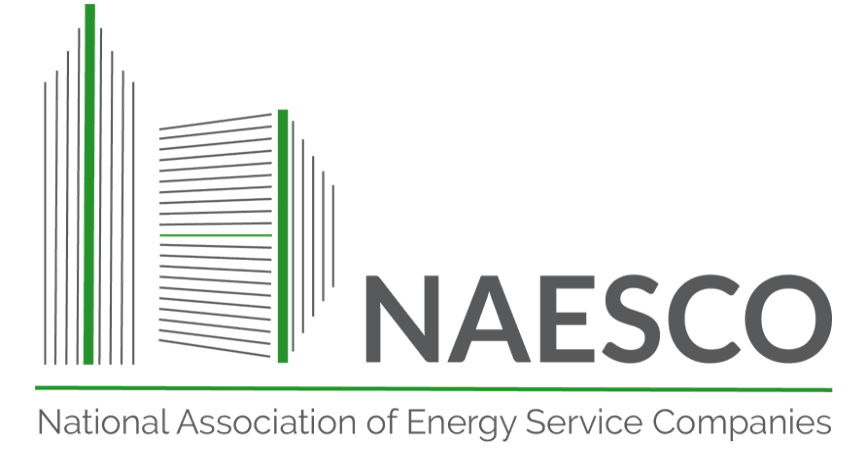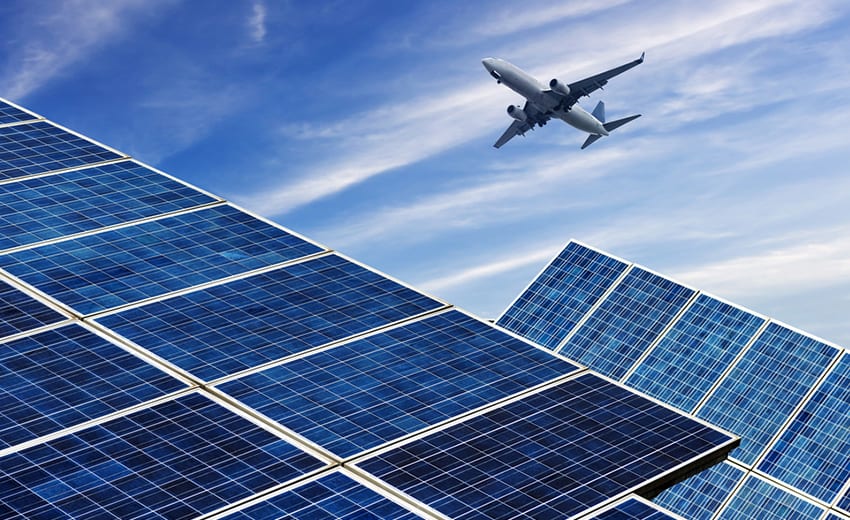With the recent updates to Investment Tax Credits (ITC) under the Inflation Reduction Act (IRA), now is the time for your community to explore opportunities to use untapped real estate, such as decommissioned landfills, to install solar. It is difficult to provide an exact number of decommissioned landfills in the United States, as this information can vary by state and may not be consistently recorded; however, the Environmental Protection Agency (EPA) estimates that there are more than 10,000 inactive landfills in the United States. Could these untapped landfills benefit your community, become a source for job creation, and put your community on the path to decarbonization?
There are several benefits to installing ground-mount solar panels on decommissioned landfills:
Landfills are large, flat, open spaces well-suited for solar panel installations. This can make it easier to install a large number of panels, which can increase the overall efficiency of the solar array and maximize the ITC or Production Tax Credit (PTC).
- Installing solar panels on a decommissioned landfill can help to repurpose the land and generate tax revenue.
- Solar panels can provide shade and habitats for wildlife. This can be especially beneficial if the landfill is in an area prone to high temperatures.
- Solar design, engineering, site planning, and construction can be incorporated into the local school district’s curriculum and STEM programs.
- Solar panels can help to offset greenhouse gas emissions by generating clean, renewable energy. Installing them on a decommissioned landfill can accelerate the city’s decarbonization.
Greenhouse Gas (GHG) Impact
A 1 Megawatt (MW) solar array will produce 2,146 megawatt hours (MWh) of solar energy annually. This is equivalent to offsetting 1.4 Metric Tons of CO2, or 1,568 pounds of coal burned.1
Tax Revenue
As outlined in the “Best Practices for Siting Solar Photovoltaics on Municipal Solid Waste Landfills” published by the EPA in 20222, solar arrays can generate significant tax revenue for a municipality. Property taxes may increase depending on the location and the size of the solar array, and the city may receive additional revenue from permits, licensing fees, and other sources. Implementing large-scale renewable energy can create jobs and stimulate economic growth, increasing the city’s tax revenue. Additionally, due to the arrays being installed on decommissioned landfills, you are utilizing land that cannot be developed for commercial or industrial purposes; the upside is that you are not tied to locating your solar on real estate that can or was previously generating significant tax revenue.
When a municipality lacks the capital to install solar, a lease agreement through a public-private partnership should be considered. Many private companies, such as utilities, private solar installers, investors, and others, seek land to generate renewable energy. In a lease agreement, the solar company or utility installs the solar array and enters into a lease agreement with the landowner. These lease payments are typically based on a fixed amount per acre of land or a percentage of the revenue generated by the solar array. Leasing land for a solar array can provide a municipality with a steady income stream and mutually benefit both the landowner and the solar company.
As with all large capital expenditures and public-facing renewable installations, there are cons to consider and mitigate before you invest time and funding into design, construction, and permitting.
- Some landfills may be in areas with limited solar resources, such as areas with high levels of shade or clouds.
- Solar projects within landfills may require the installation of additional infrastructure, such as roads and utility connections, which can be expensive.
- Landfill solar may be more expensive to build due to the additional design considerations for mounting the solar without penetrating the landfill cap.
- Solar projects within landfills may require wildlife relocation or impact the protection of natural habitats.
While these hurdles exist, challenges exist in almost every project and must be weighed against the potential benefits. Using this unused and largely usable land is an effective way to accelerate decarbonization and increase revenue for cities and towns nationwide. For evidence that these projects can be done successfully, the EPA has noted an 80% increase in solar projects on decommissioned landfills since 2018. This is partly owed to the EPA’s RE-Powering America’s Land Initiative and looks set to increase even further with the new IRA provisions. Overall, installing ground-mount solar panels on decommissioned landfills can be a win-win situation, providing clean energy, education, repurposing unused land, generating income for the community, and accelerating local decarbonization goals.
Tools
- EPA Greenhouse Gas Equivalencies Calculator
- “RE-Powering America’s Land: Siting Renewable Energy on Potentially Contaminated Land, Landfills and Mine Sites.” Electronic Decision Tree, Gov/Re-powering
References
“Best Practices for Siting Solar Photovoltaics on Municipal Solid Waste Landfills.” https://www.epa.gov/, May 2022
Solar Investment Tax Credit (ITC) – Solar Energy Industries Association






